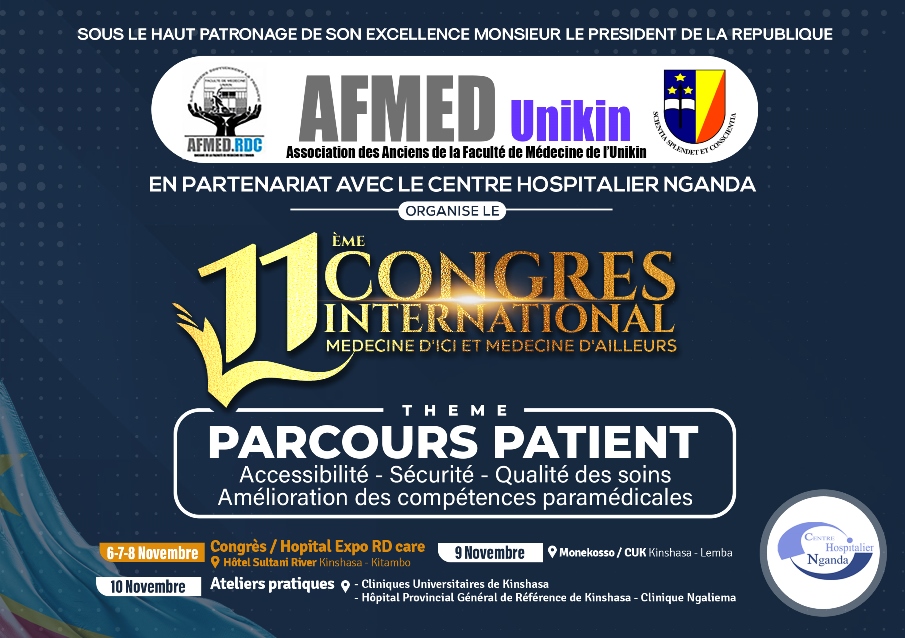Journal of the Neurological Sciences
Where there is no brain imaging: Safety and diagnostic value of lumbar puncture in patients with neurological disorders in a rural hospital of Central Africa
Deby Mukendia,b,⁎, Jean-Roger Lilo Kaloa, Tharcisse Kayembeb, Pascal Lutumbaa,b, Barbara Barbéc, Philippe Gilletc, Jan Jacobsc,d, Cedric P. Yansounie, François Chappuisf, Kristien Verdonckg, Marleen Boelaertg, Andrea S. Winklerh,i, Emmanuel Bottieauc
a Institut National de Recherche Biomédicale, Kinshasa, DR, Congo
b Département de Neurologie, service de Neurologie Tropicale, Université de Kinshasa, DR, Congo
c Department of Clinical Sciences, Institute of Tropical Medicine, Antwerp, Belgium
d Department of Microbiology and Immunology, KU Leuven, Leuven, Belgium
e JD MacLean Centre for Tropical Diseases, McGill University Health Centre, Montreal, Canada
f Division of Tropical and Humanitarian Medicine, Geneva University Hospitals and University of Geneva, Switzerland
g Department of Public Health, Institute of Tropical Medicine, Antwerp, Belgium
h Center for Global Health, Department of Neurology, Technical University of Munich, Munich, Germany
i Centre for Global Health, University of Oslo, Oslo, Norway
A B S T R A C T
Analysis of cerebrospinal fluid (CSF) obtained by lumbar puncture (LP) is an essential step for the diagnostic approach of neurological disorders, in particular neuroinfections.
In low-resource settings, it is even often the only available diagnostic method. Despite its key contribution, little is known on the risks and benefits of LP in
the large tropical areas where hospital-based neuroimaging is not available. The objectives of this study were to assess the safety and diagnostic yield of LP in a rural
hospital of central Africa and to identify predictors of CSF pleocytosis (white blood cell count>5/μL) as surrogate marker of neuro-infections.
From 2012 to 2015, 351 patients admitted for neurological disorders in the rural hospital of Mosango, Kwilu province, Democratic Republic of Congo, were
evaluated using a systematic clinical and laboratory workup and a standard operating procedure for LP. An LP was successfully performed in 307 patients (87.5%).
Serious post-LP adverse events (headache, backache or transient confusion) were observed in 23 (7.5%) of them but were self-limiting, and no death or long-term
sequelae were attributable to LP. CSF pleocytosis was present in 54 participants (17.6%), almost always associated with neuro-infections. Presenting features strongly
and independently associated with CSF pleocytosis were fever, altered consciousness, HIV infection and positive screening serology for human African trypanosomiasis.
In conclusion, the established procedure for LP was safe in this hospital setting with no neuroimaging and CSF analysis brought a substantial diagnostic
contribution. A set of presenting features may help accurately selecting the patients for whom LP would be most beneficial.
https://doi.org/10.1016/j.jns.2018.08.004
Journal of the Neurological Sciences 393 (2018) 72–79









